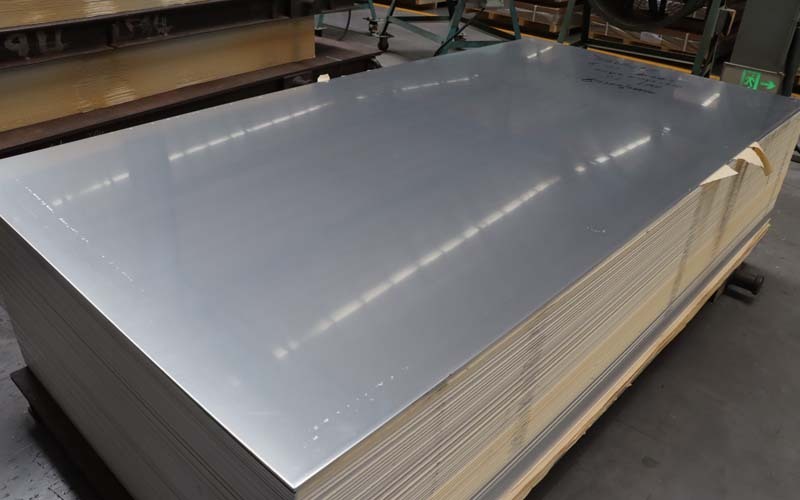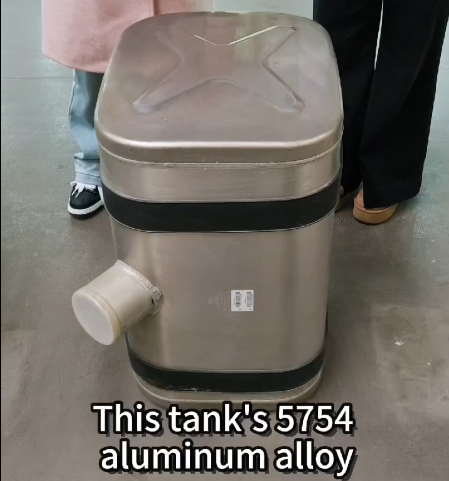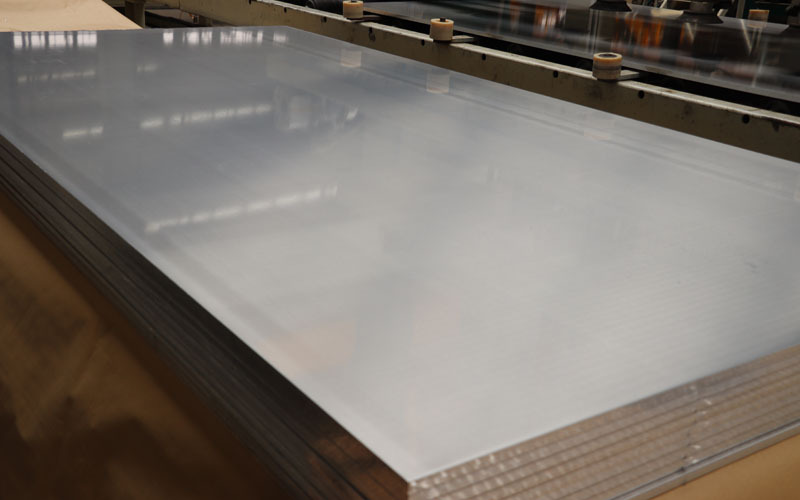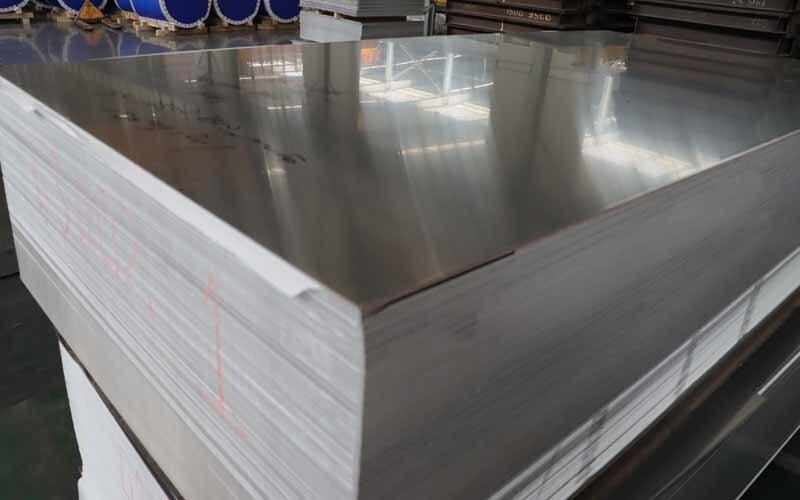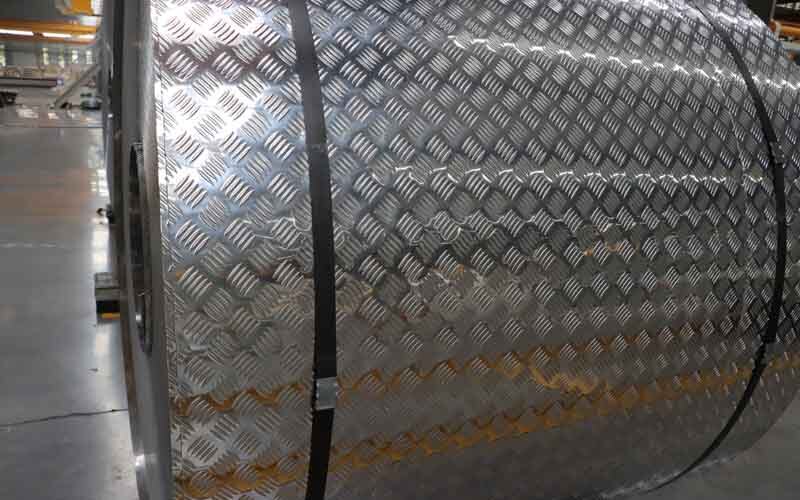
Introduction
If you’ve ever wondered why some suppliers use "aluminium checker plate" while others write "aluminium chequer plate", you’re not alone. This terminology confusion is common in the metals industry, especially for non-native English speakers. At Henan Mingsheng Aluminum we clarify this distinction to help global clients confidently source the right material. Below, we break down the origins regional preferences and technical implications of these terms.
1. Spelling Origins: A British vs. American English Divide
The difference lies primarily in regional spelling conventions:
"Aluminium Chequer Plate":
British English spelling (e.g., UK, Australia, New Zealand, India).
Derived from the word "chequered" (patterned with squares), reflecting the diamond or raised tread design.
American English spelling (e.g., USA, Canada, Philippines).
Shortened from "checkered plate", though "checkered" traditionally refers to a square grid pattern (like a chessboard).
Key Insight: Both terms describe the same product – aluminium sheets with a raised tread pattern for slip resistance and durability.

2. Regional Preferences: Who Uses Which Term?
"Chequer Plate" Regions:
UK & Commonwealth Countries: Widely used in technical specifications, catalogs, and B2B communications.
Australia: Dominant term in mining, transport, and construction industries.
Middle East/Asia: Often follows British English conventions due to historical trade ties.
" Aluminium Checker Plate" Regions:
North America: Preferred in the US and Canada, even though "tread plate" is also common.
Latin America: Adopts US spelling for consistency with regional partners.
3. Technical Specifications: Is There a Real Difference?
No – both terms refer to identical products with these characteristics:
Pattern Types:
5-Bar: Five raised diamond bars per segment (most common for toolboxes, stair treads).
3-Bar: Less common, used for specialized applications.
Alloys: Typically 5052, 5083, or 6061 for strength and corrosion resistance.
Thickness: Ranges from 1.5mm to 6mm for applications like vehicle toolboxes, flooring, or machinery guards.
4. Why Does This Matter for Buyers?
SEO & Search Visibility:
Use both terms ("checker" and "chequer") in your website content to capture global searches.
Example: "Mingsheng supplies 5052 aluminium checker/chequer plate for heavy-duty toolboxes."
Avoid Miscommunication:
Confirm with clients whether they require a specific pattern (e.g., 5-bar ) rather than relying on spelling alone.
Cultural Sensitivity:
Use "chequer" when targeting Commonwealth markets to align with local terminology.
5. Case Study: A Canadian Client’s Confusion
A Canadian truck manufacturer once requested "aluminum checker plate" for utility vehicle toolboxes. They initially rejected a UK supplier’s quote for "chequer plate", assuming it was a different product. After clarifying the spelling discrepancy, they saved 15% by sourcing from Mingsheng’s ready stock of 5052-H32 chequer/checker plate.
6. Mingsheng’s Recommendation
For Export Clients:
List products using both spellings in catalogs and online listings.
Example: "5-Bar Aluminium Checker Plate (Chequer Plate) – 5052-H32, 2.85mm Thick".
Inventory Clarity:
Our stock (e.g., 5052-H32 coils, 3mm chequer plate) meets both "checker" and "chequer" specifications.
Conclusion
Whether your client writes "checker" or "chequer", rest assured they’re seeking the same high-quality tread plate. By understanding regional nuances and optimizing your content, you can expand your global reach without compromising clarity.
Need Chequer/Checker Plate? Contact Mingsheng Today!
British/US Spelling Compliance
5-Bar, 3-Bar, and Custom Patterns
Global Shipping to Match Your Terminology
Email: sales01@mingtai-al.com
Website: aluminumsheetstrailers.com
